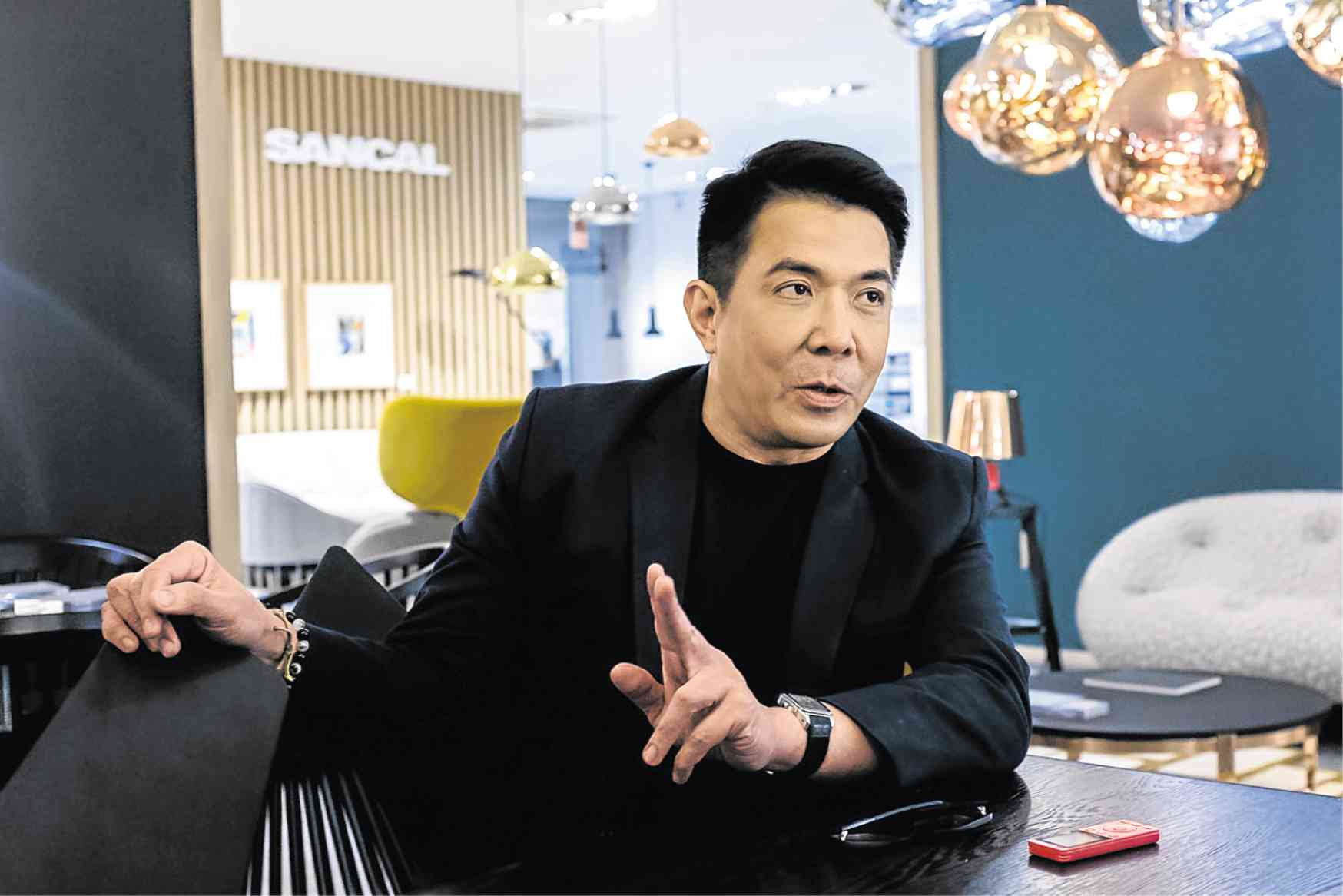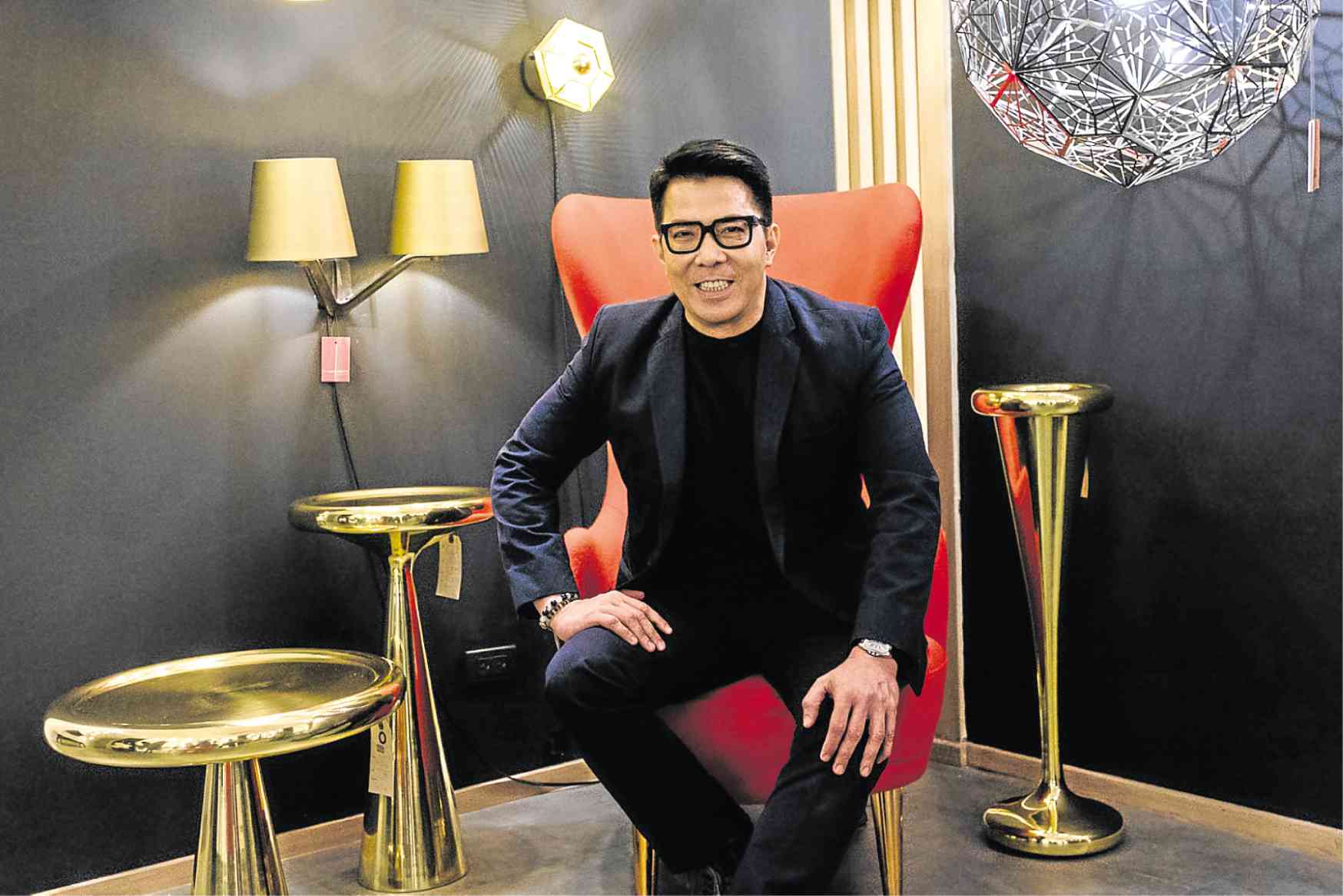
Disruption” has become a trendy buzzword, not only in the tech and creative industries where it originated, but in mainstream business where “disruptor” has replaced “game-changer” in the lexicon of managerial hubris.
But what is it really, and how does it work?
One of the rare individuals to whom the term “disruptor” can correctly be applied is Melvin Mangada, managing partner and chief creative officer of multiawarded advertising agency TBWA Santiago Mangada Puno.
Earlier this year, you might have come across “Amoy Kita,” the agency’s viral Bench fragrance ad featuring a father and his yet-to-come-out gay son, which sort of exemplifies the kind of out-of-the-box approach Mangada specializes in. (For one thing, it was a woman’s eau de cologne).
“TBWA established itself more than 20 years ago with the word ‘disruption,’” Mangada says.
Einstein
“The whole philosophy is actually based on Einstein’s quote: Insanity is doing the same thing over and over again and expecting different results. There’s a lot of debate as to whether Einstein actually said that but it’s a good quote: whether in advertising or marketing or life, if you do things the same way, you’ll get the same results. But if you try to inject a different approach to the way you take care of business, or rear your family, or run a corporation or household, then things will change. That’s the basic principle of disruption, at least in our agency.
“A creative person always wants to disrupt,” he continues. “A creative person always wants to be different. If you look at the big names in art and music and film—how did they make their mark? It’s because they didn’t follow the tried and tested.”
To yield results, however, disruption has to be coupled with discipline. In TBWA, Mangada says, they call it a strategic framework consisting of convention, vision and disruption.
“The convention is all about the status quo, accepted beliefs, what people are comfortable with,” he says. “Vision is where you want to go, and disruption is how to achieve your vision.”
Case in point: traditional ad agencies consisted of an accounts department that handled clients, a creative department that created the ads, sometimes a media department that placed the ads in radio, TV or newspapers, and so on, a structure that was hierarchical and turf-oriented, each person in his own individual silo.

Creative collective
“Two years ago, I took that all out,” Mangada says. “I developed what we call clusters of creative collectives. A creative collective is composed of people from different disciplines— account management, planning, creative, social media, production—all stationed in one area.”
Freed from tedious approval processes and constant bouncing back and forth from one department to another, the collectives were able to come up with advertising campaigns in a matter of days instead of months, a crucial advantage in today’s fast-paced, highly competitive business environment.
“I don’t believe in a creative department anymore,” he says. “The whole agency should behave creatively. Creativity is bogged down by process, by badges. Get rid of those walls and divisions. Let’s all work as one team. Clients are happy and everyone feels they share in the authorship of the work.”
Mangada took it one step further and reorganized the whole agency into a grid matrix, with senior management able to pitch in whenever needed in any of the creative clusters.
The idea, he says, came from how he and the other senior partners used to go to the parking lot for a cigarette break. As it turns out, most of the agency’s major decisions were made during these informal chats, rather than during formal meetings.
“We were meeting like a creative cluster, and we got things done fast,” he says. “If we can institute that kind of culture where anyone can approach anyone else regarding a project, we become faster and more agile. I think traditional corporate structures are not working anymore.”
Then there’s “V-day.” Mangada designated Wednesdays as “virtual day.” Once a week employees were freed from the nine-to-five grind and allowed to work from anywhere. The result: stress levels dropped and productivity actually increased.
Iconoclast
Mangada was always something of an iconoclast, even during his college days at the University of the Philippines College of Fine Arts.
“I wanted to take up architecture, but I knew I wouldn’t survive Physics and Math,” he recalls. “The next best thing was fine arts.”
He majored in advertising and editorial design in the college’s Visual Communications department.
“I was a bad student,” he recalls. “I didn’t follow the rules —typical creative. I did lousy the whole semester, but I would work really hard on my finals and pass. When I graduated, my thesis apparently impressed the panelists, one of whom was Jimmy Santiago, at the time an associate creative director at Saatchi and Saatchi.”
Santiago not only offered him a job, he gave him a choice of jobs: copy writer or art director.
“A job title with the word ‘director’ in it was very enticing for a fresh graduate,” he says. “There was no such thing as an art director in advertising at the time.”
In the aftermath of the 1986 Edsa revolt, the advertising business was in a major slump. Major clients were cutting down on budgets. Most of the big advertising agencies were downsizing.
With less money and stiffer competition, the onus was on the creative department to deliver the goods, and deliver Mangada did.
Hall of fame
Since then he’s snagged major creative awards, becoming the first hall of fame awardee of the Creative Guild of the Philippines.
A single parent, Mangada draws much of his inspiration from art, of which he is an avid collector. He favors works by contemporary artists such as Pardo de Leon, Kiko Escora, Anton del Castillo and Rey Aurelio.
“To be honest, I get inspiration from art,” he says. “Because art is very abstract and subjective, and I try to learn from this abstraction and subjectivity and apply it to the world of discipline.”
In a recent talk, he summed up much of what he’s learned.
“In my years in the business, it has been proven that when all else fails, creativity saves the day. Ideas that solve problems and issues of our clients in a compelling way, making them come alive through insights that connect to the human heart.
“Marketers and even ad people rely heavily on research, facts, figures, data, social listening and consulting firms. And yet, even with huge budgets, they are never 100 percent sure their campaigns will be a success.
“I have seen that instinct, intuition, imagination, emotion seem to be far more reliable indicators for an effective and engaging campaign. And therein lies the creative spirit. Creativity is the one true currency every marketing person should value.
“To me, we live in the most exciting time for creativity.”








































